When buying a home in Calgary, the price tag is only part of the story. The other major cost is heating the home through those long, cold Alberta winters. If a home’s insulation isn’t up to standard, you could be facing sky-high utility bills and premature system failure.1
At NexLevel Home Inspections, we help you look past the staging and understand the home’s true thermal performance. The key to this is understanding R-Value.
Here is your guide to R-Value, why it matters in Calgary, and how we assess a home’s energy efficiency before you buy.
1. What is R-Value, and Why is it Critical in Calgary?
The R-value is the measure of an insulating material’s resistance to heat flow.2
-
The higher the R-value, the greater the material’s insulating power, and the better it prevents heat from escaping your warm home into the cold outside.3
-
In cold climates like Calgary, a high R-value is essential for keeping utility costs down and preventing moisture issues like condensation and attic rain.
Minimum Recommended R-Values for the Calgary Area
The building code requirements have changed over the years, but for optimum performance in our climate:
| Location | Recommended Minimum R-Value |
| Attic/Ceiling | R-50 to R-60 |
| Exterior Walls | R-20 to R-24 |
| Basement Walls | R-20 |
If you are looking at an older home (pre-1980s), it likely falls well short of these standards, meaning a potential expense for upgrading insulation may be in your future.
2. How Your NexLevel Inspection Checks Energy Efficiency
You can’t see the R-value just by looking, but your inspector has several tools and techniques to assess the thermal envelope.
A. The Visual and Physical Check
Your inspector physically enters the attic to assess the insulation.
-
Depth and Type: We measure the depth of the loose-fill insulation (the puffier material) and confirm the type (fiberglass, cellulose, etc.). The depth is a rough indicator of R-value; a thin layer of old insulation is an immediate red flag.
-
Insulation Damage: We look for compression (insulation that is packed down or flattened by walking or storage), which drastically reduces its R-value, or saturation (wet insulation from leaks or condensation). Wet insulation is useless.
B. The Technology Check: Thermal Imaging
This is the most powerful tool for a winter inspection.
-
What it is: Thermal (Infrared) imaging allows us to see temperature differences across surfaces.4
-
What it reveals: We can identify thermal bridging—specific, localized areas of extreme cold (or heat loss) where insulation is missing, compressed, or improperly installed. These “cold spots” often occur around electrical boxes, plumbing vents, and rim joists and are the source of major heat loss.
C. The Ventilation Check
An R-60 attic with poor ventilation is worse than an R-20 attic with great ventilation. If the attic ventilation system (soffit and ridge vents) is blocked or inadequate, heat and moisture get trapped, leading to:
-
Ice Dams: Formed when trapped heat melts snow (expensive roof repair).
-
Attic Rain: Caused by high humidity and frost melting (potential mold and wood rot).5
A low R-value combined with poor ventilation is a guaranteed recipe for expensive winter damage.
3. Take Control of Your Energy Costs
Understanding the R-value of a potential home allows you to budget accurately. If the home requires an insulation upgrade to meet R-50 standards, you can factor that $3,000 to $5,000 cost into your final offer or negotiation.
Don’t buy a home blind to its ongoing energy costs. A thorough inspection gives you the power to negotiate and plan for a warm, efficient first winter in Calgary.
📞 Contact NexLevel Home Inspections Today
We are your 24-hour experts for year-round inspections across the Calgary area.
| Contact Detail | Information |
| Primary Phone | (403) 633-6616 |
| nexlevelinspections@gmail.com | |
| Head Office | 715, 100, 4th Av SW, Calgary, Alberta |
| Service Areas | Calgary, Cochrane, Airdrie, Chestermere, Conrich, Okotoks, High River |
| Opening Hours | 24 Hrs |


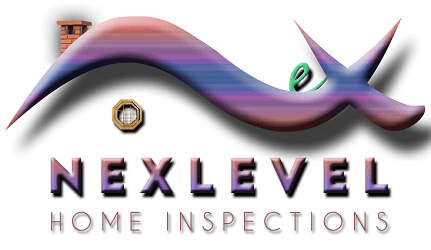





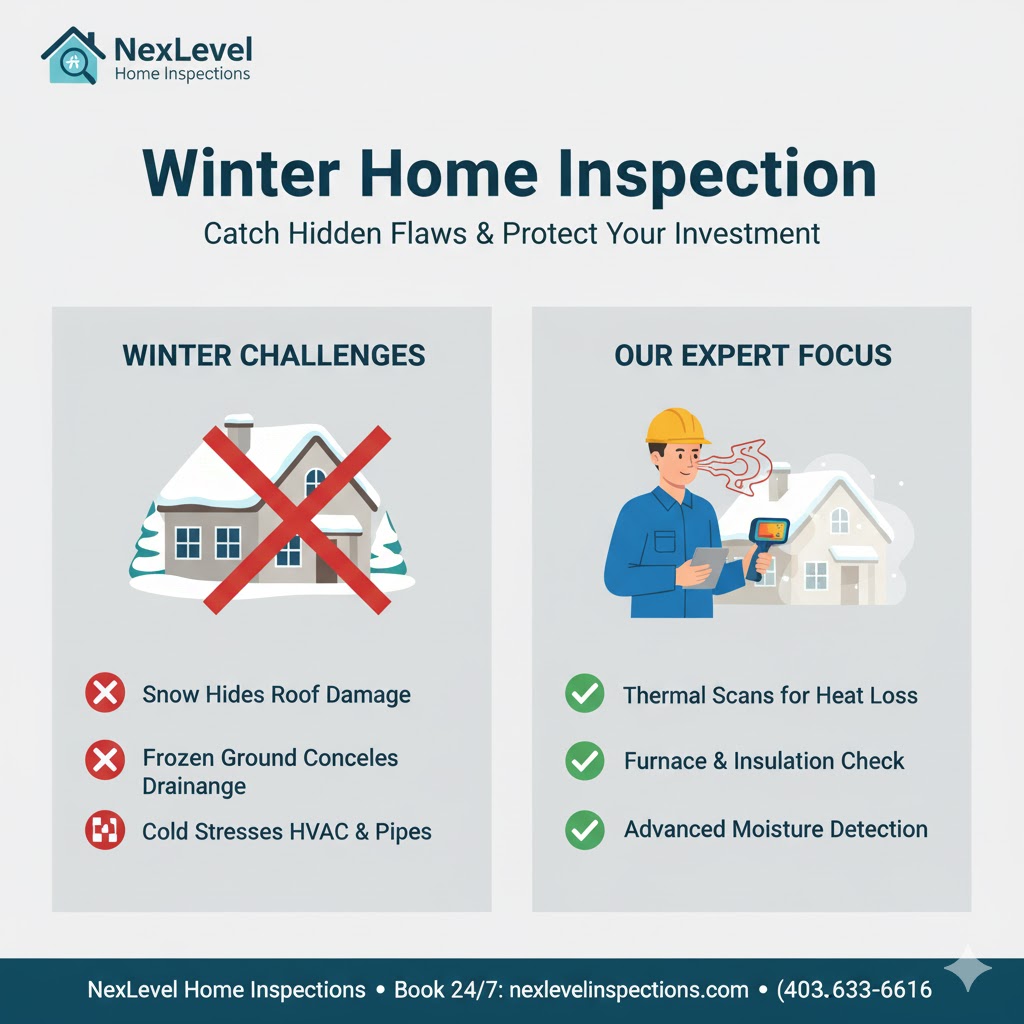
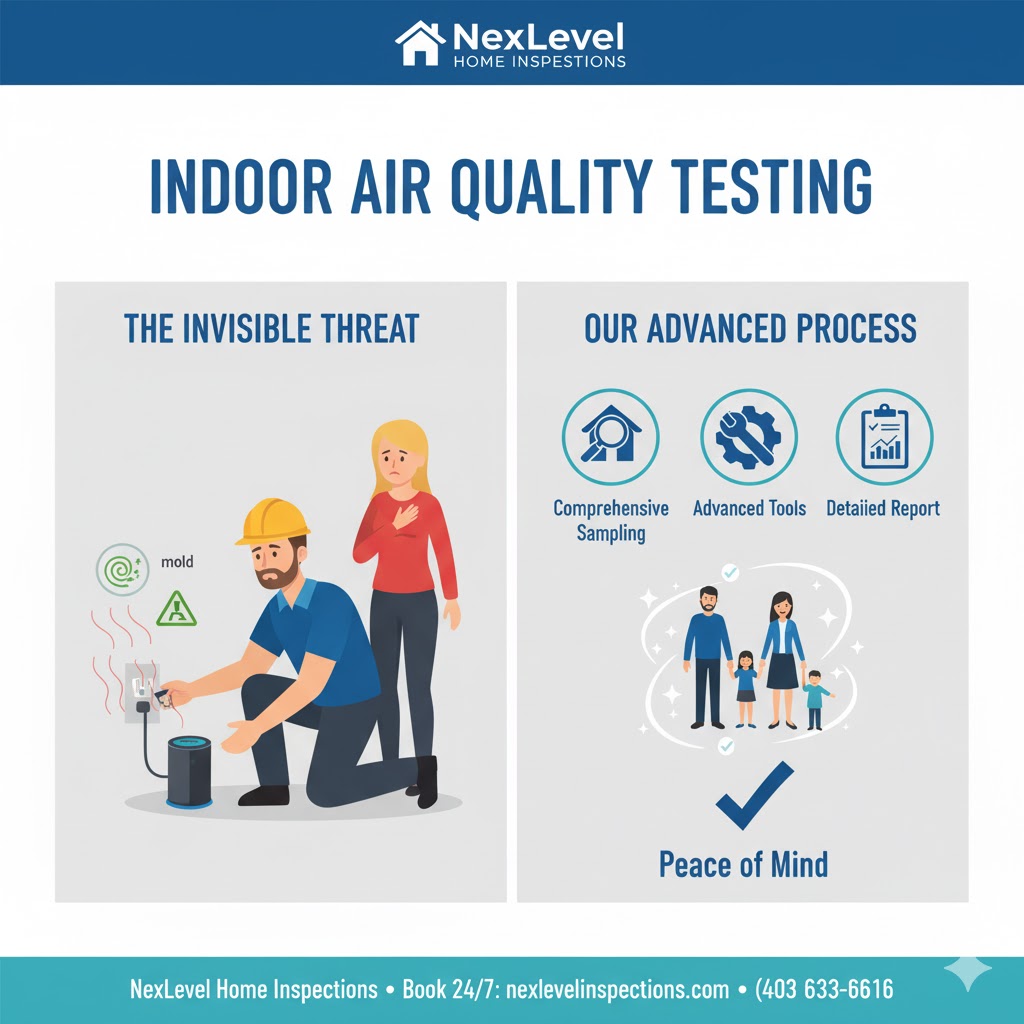
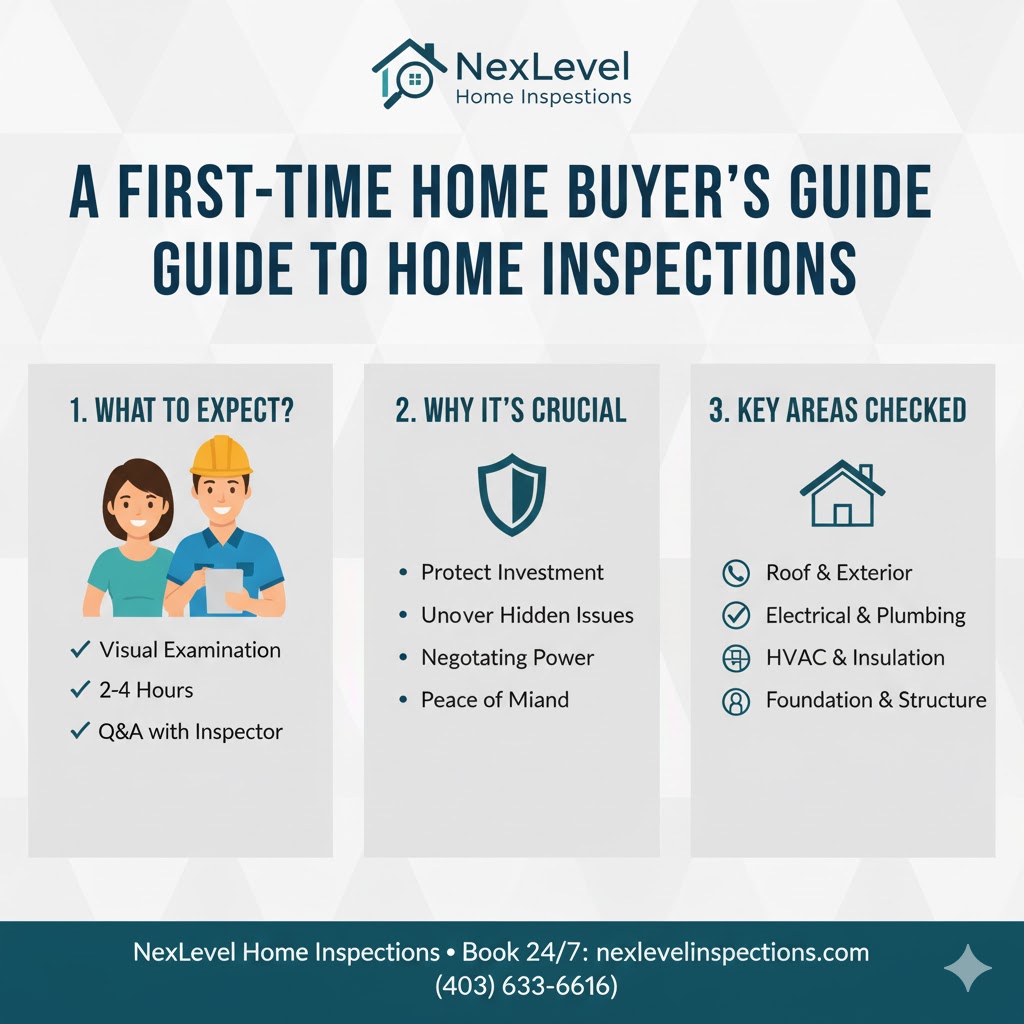
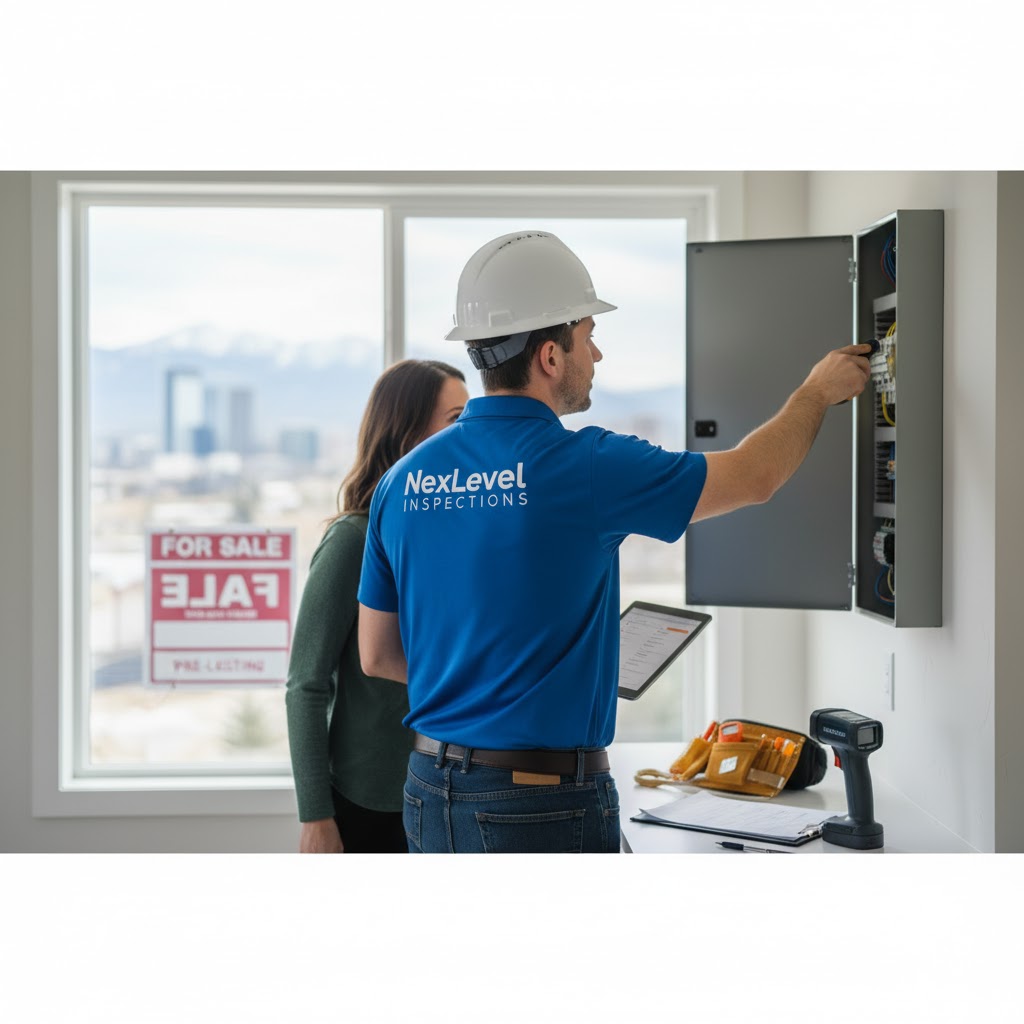

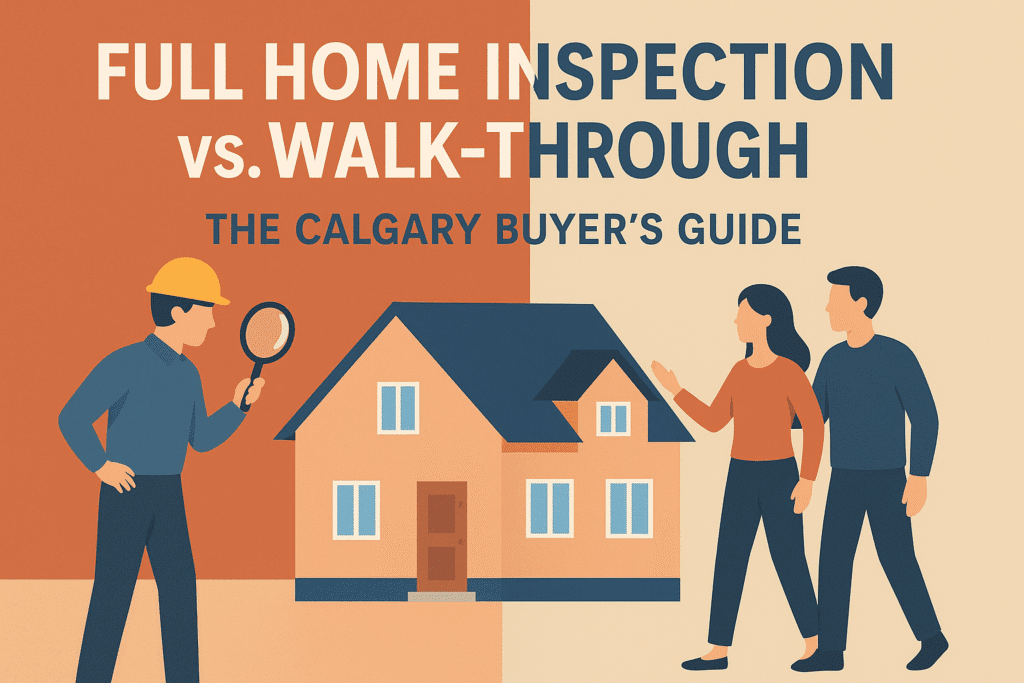


Leave a Reply